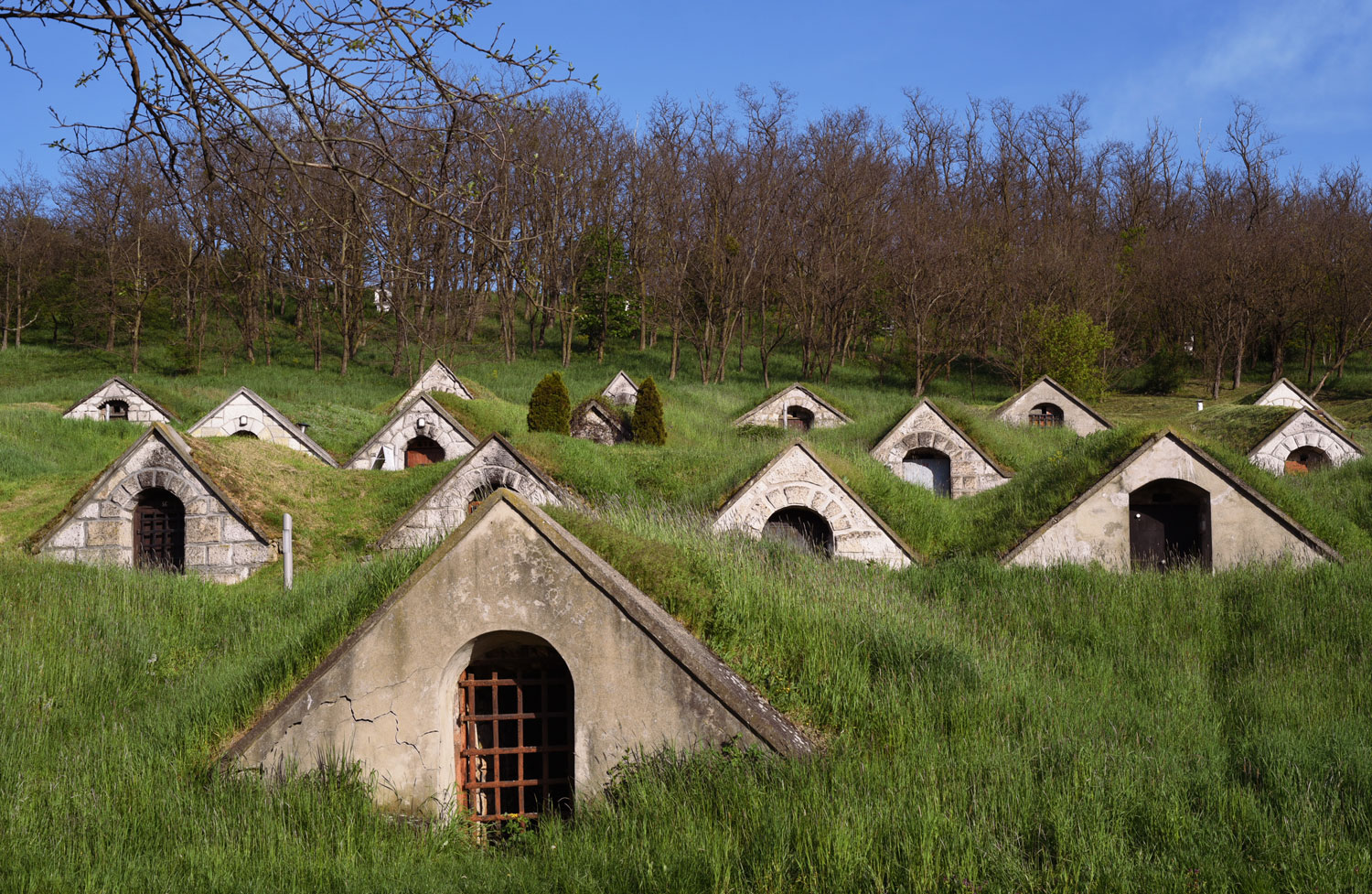History and Cultural Heritage
Hercegkút is a small village in the north-east of Hungary with an area of less than 8 km and about 640 people live here. It was founded in 1750 by Germans from Swabia. The village originally fell under the rein of the Rákóczi family. It belongs to the famous Tokaj region. It might be a great pick for anyone who wants to enjoy a splendid winery vacation.
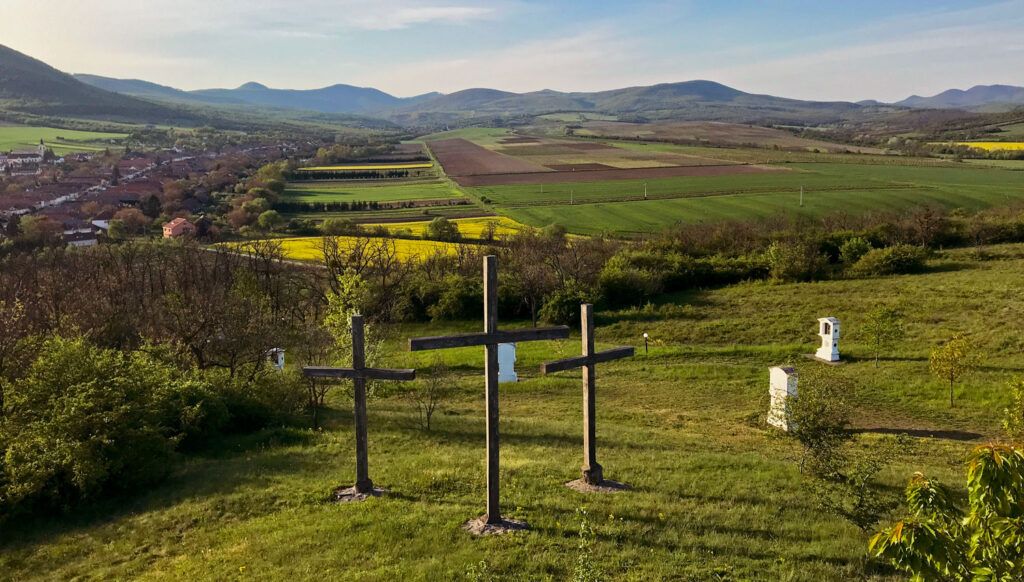
Because of its German roots, the village and its citizens faced hard times during World War II. 135 people were deported to forced labor camps in the Soviet Union, although they were initially promised a few days of public works in Debrecen. 15 people from the original 135 never returned. Survivors who returned had significantly deteriorated mental and physical health. Despite the dark and traumatic past, the village keeps its traditions as well as 16 days of public holidays, many of which are still recognized as holidays in Germany as well.
Nowadays, the German language is no longer the official first language spoken here as it once was. Thanks to local initiatives German language classes are available for primary school pupils and pre-school children.
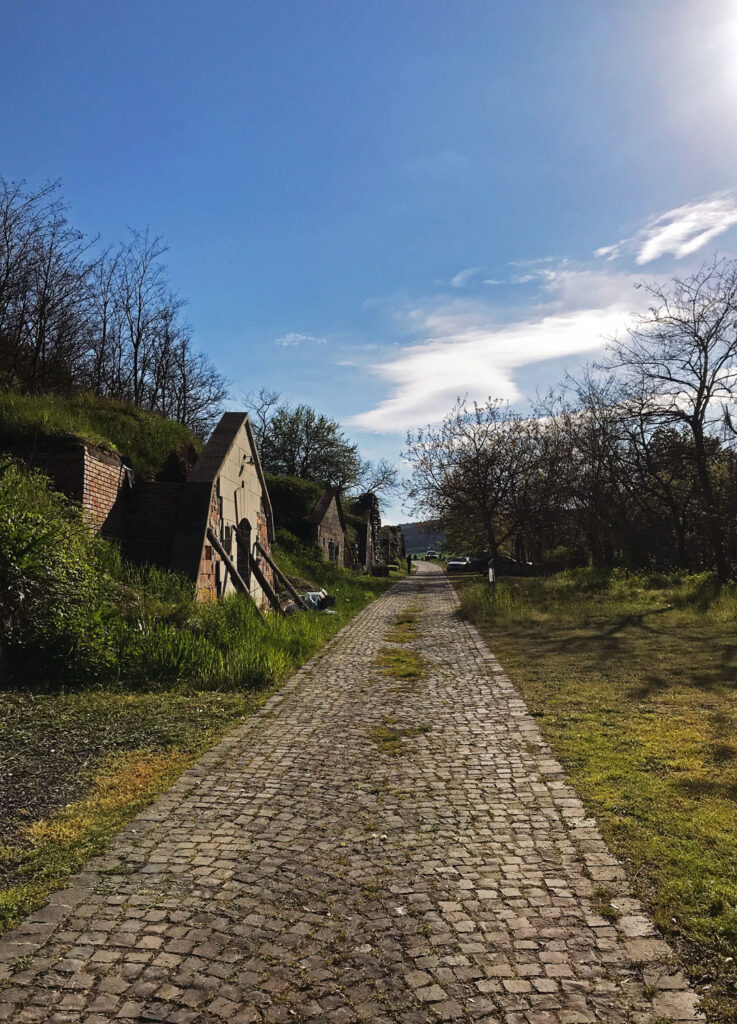
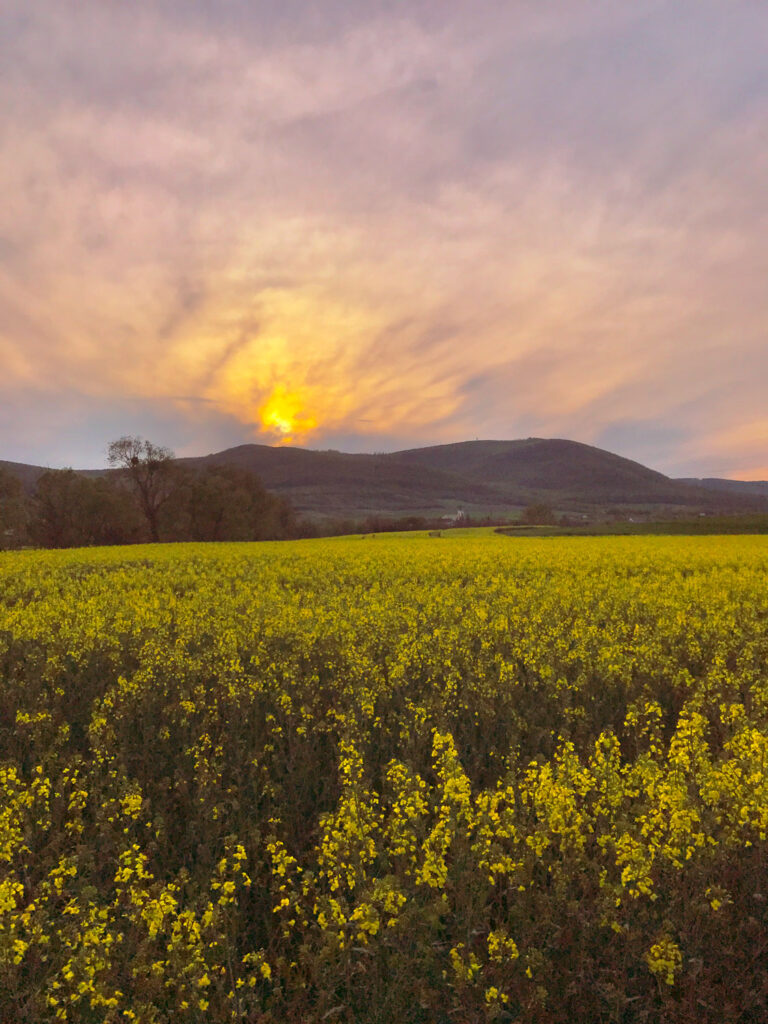
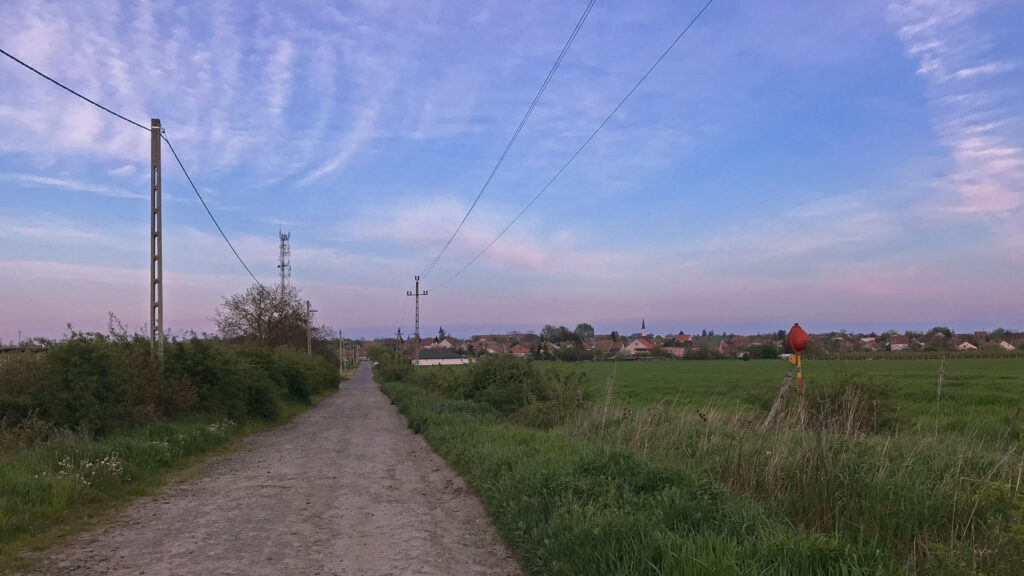
How to get here for a winery day tour
By car, bus, or even on foot. Driving from the center of Sárospatak takes approximately 9 minutes. Bus route no. 3886 from the bus station to the bus stop post office Hercegkút takes approximately 12 minutes. The journey on foot from the bus/train station takes approximately 45 minutes and includes crossing a dirt road, route 37, and then joining a shorter path through the forest that leads directly to Gombos Hill. Alternatively, you have still the option to book a full-day tour with a guide that will take care of everything.
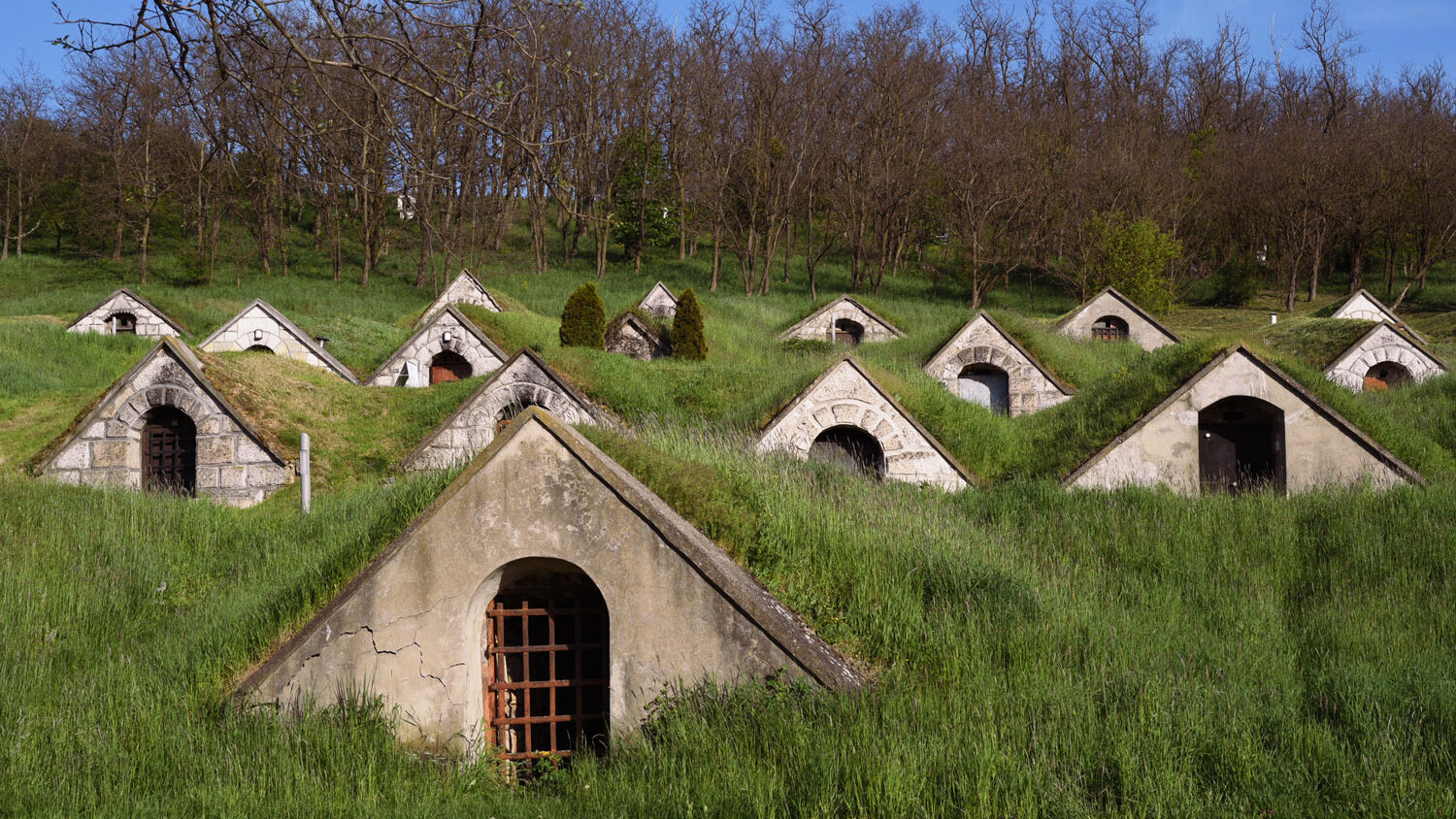
Winery vacation | UNESCO wine cellars
The wine cellars resembling hobbit houses that spread over Gombos and Kőporos hills are included in the Unesco cultural heritage since 2002.
There are a total of 92 cellars on Gomboš Hill and 87 on Kőporos. All of them have their typical triangular stone entrances, which contain an opening for ventilation, and some also have the date of their creation. As for the inner part, most of them consist of 1 or 2 branches, but there are also those that have 3. Their walls are covered with a special fungus mold. The lowest parts of the cellar are around 10-12 °C. That is enough to create a special microclimate needed for proper wine fermentation.
Of the wineries that can be found among the cellars, Gőtz is the one that is open very often and you will probably not miss the chance to get inside. It offers wine tasting either down in chilling indoors with ambient lightning or outside in front of the cellar. It covers a range of white Tokaj wines like Furrmint Dry / Semi-sweet, Sárgamuskotály dry Yellow Muscat, Sárgamuskotály semi-sweet, Tokaji Szamorodni sweet, Tokaji Aszú 6 puttonyos.
For people who are looking to spend their winery vacation in this lovely place, there are some accommodation options around like a guest house Virág Vendégház, Nyugalom Apartman “Hercegkút”, or Helén Panzió.
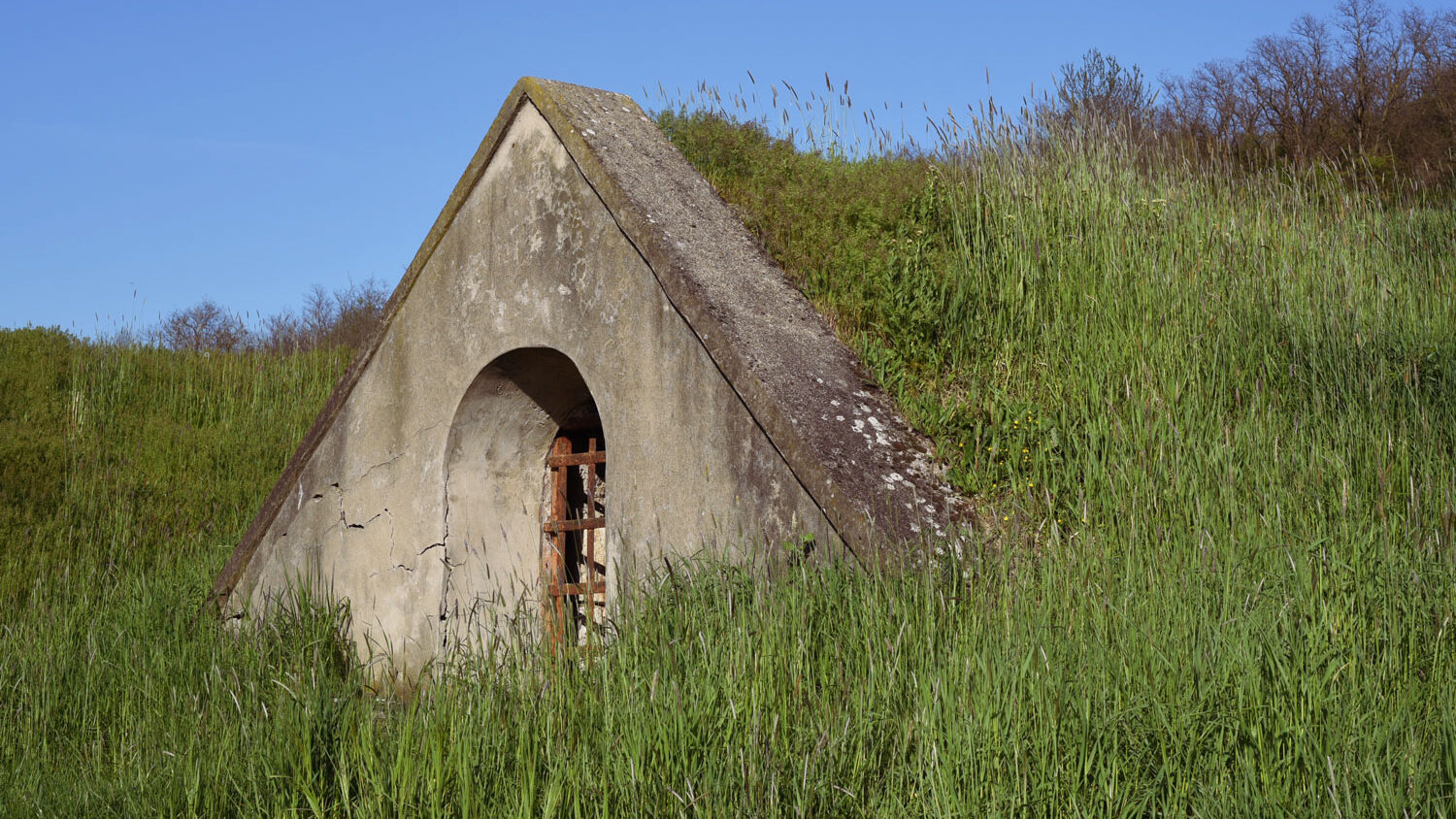
The most expensive wine in the world
It is exactly the Tokaj area where you can find the most expensive wine in the world. Despite expectations that it might be France or Italy. Specifically, it is the Royal Tokaji Esencia wine, whose fermentation takes six to eight years.
Calvary on Gombos Hill
Just a few meters above the cellars is the Calvary. It was built in 2004 with subsidies from local residents. Well-maintained forest path lined with all 12 cross stops in the form of white tabernacles will lead you up the hill. The top is formed as a chapel of exaltation with the statue and it offers a nice view not only of Hercegkút but also of the surrounding fields, forests, Zemplín Hills, and Sárospatak.
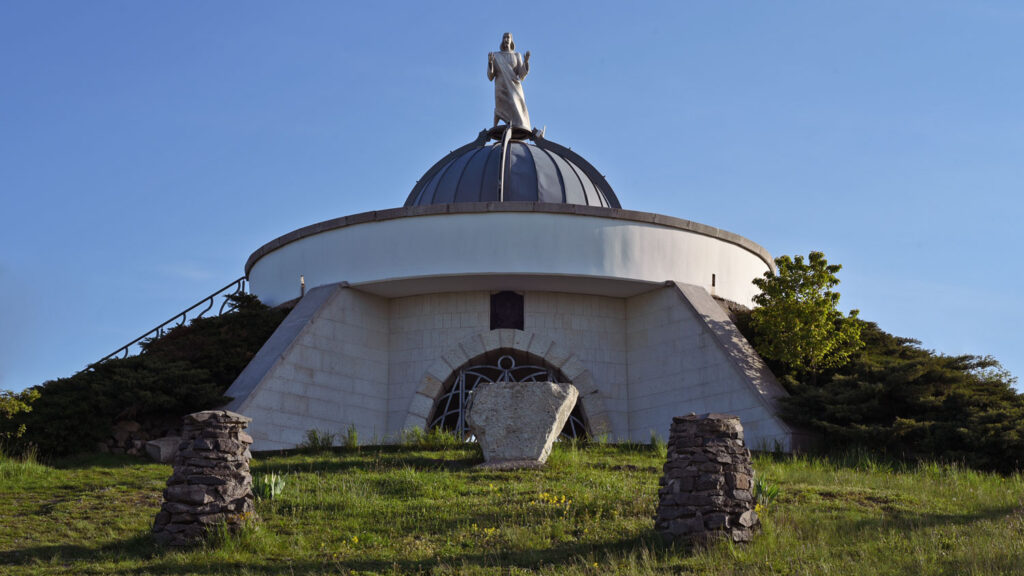
Maintaining traditions and local festivals
August 15 is the day of the city of Hercegkút. During this day several cellars are usually open to the public. You don’t need to worry and reserve a wine-tasting tour in advance. The village is also home to the Swabian Folk Museum, which provides information on local history, and offers a collection of folk art as well as a collection of tools from local households. The Zemplén festival is also regularly organized in this area and it usually includes this magical village in its program.
It is not very easy to get around if you only speak English, so it is a good idea to speak Hungarian at least a little bit or have a translator, or Hungarian-speaking tour guide at hand. If you only have one day to visit Hercegkút it is advisable to set aside one whole afternoon for a more thorough exploration of the given area combined with wine tasting.
Sources: Wikipedia, google maps

About Author
Freya
Photographer, artist, content creator, and a solo female traveler since 2017.

